The counterpart of the word “afterlife” in the Quranic expression is “ula” (first, previous) or “evvel” (prior). While the world is the first and foremost, the afterlife comes later. In this sense, “ula” and the afterlife together signify the first and second lives of a person. Some believers, however, take a deeper perspective on human existence and interpret religious texts (verses and hadiths) in a way that removes the world from being the first stage of existence. They neither consider the Earth as the beginning nor see migration (death) as the end. According to them, the world is a stop between two forms of existence. Therefore, the world is a bridge – a bridge that carries one from the former to the latter. From this perspective, the world is not a place of settlement but a passage that connects the eternal past to the eternal future.
The bridge has two pillars: One is established in eternity past. “Ezel” (eternity past) refers to the beginning of something; it marks the moment something comes into existence. In this sense, “ezel” is used for all beings. The word “ezel” is also used for God, but its meaning changes: When we say “God is eternal,” it means He has no beginning. Saying “God is ancient” and “God is eternal” carries the same meaning. In the Quran, God describes Himself as, “The First (Evvel) and the Last (Ahir),” drawing attention to this idea. “Evvel” means having no beginning and “Ahir” means having no end. Just as He has no beginning, He has no end. For the universe and humanity, however, “ezel” refers to the moment of coming into existence.
Believers have given multiple answers to the question of when humans came into existence. The first is that we were created in this world with both body and soul. Our existence began when we came into being in this earthly life. However, since our creator is eternal, our existence must also be connected to Him. In this sense, we are indirectly eternal – our existence stems from our eternal creator.
Some Muslims distinguish between our biological existence and the existence of our soul, assigning two separate moments and modes of existence for each. While our biological existence unfolds in a process on Earth, the human soul existed before earthly life. Some thinkers have argued that the soul came into being together with the body. Others have claimed that the soul emerges after the body. Some have said the soul existed separately and before the body. All these debates have led to extensive discussions on the relationship between the soul and the body, and these discussions remain valuable today.
Although Muslim scholars have had serious disagreements in interpreting Quranic verses and hadiths on this topic, a significant portion of them have agreed on the idea that “we have a soul separate from our body.”
One of the issues that narrowed the intellectual horizon of Muslim thought in these discussions was the prevalence of reincarnationist beliefs. Certain reincarnationist sects were widespread within Islamic societies, and due to this threat, Muslims struggled to fully articulate their views on the relationship between the soul and the body. Nonetheless, they strongly defended the belief that “we have a soul separate from our body, but reincarnation is impossible.”
The essential answer to the question “What is the eternity past of a human?” is the one raised by Sufi metaphysicians: “It is the knowledge of God.” We gained existence through God’s knowing us (subut). In this sense, our “ezel” is that existence itself – the fixed reality of our being. This is where the first pillar of the bridge is established. From there, we transition to a stage called the earthly world through a process. Then, we arrive at the bridge and cross it. This crossing is inevitable; if left to our own will, we might not even attempt it, for humans love where they are and fear change.
No one remains permanently on the bridge; in reality, our existence here is a continuous transition and movement. As a folk poet from Türkiye’s Black Sea region said, “The world is a window; everyone comes, looks and leaves,” or as Ibn Arabi, a prominent Sufi scholar and polymath of Islamic thought who lived between 1165 and 1240, put it, “One does not build a house on a bridge.” These statements express our transient state. Life in this world is a journey from beginning to end.
The other pillar of the bridge is established in the afterlife, in eternity. Tomorrow, we will stand upon it. The fact that humans are capable of metaphysical thought depends on their ability to contemplate both pillars of the bridge while living upon it: to live is to understand human existence between eternity past and eternity future.


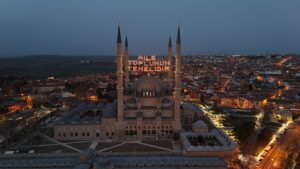
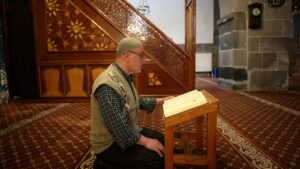







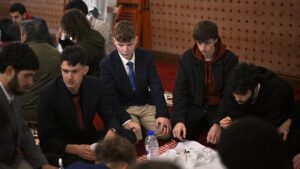



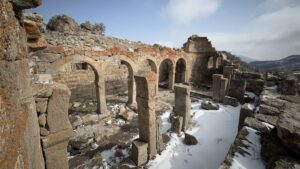



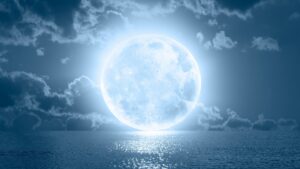

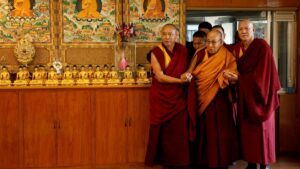




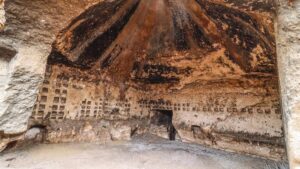


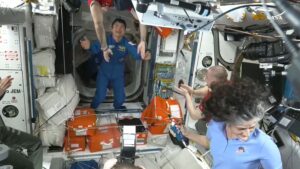


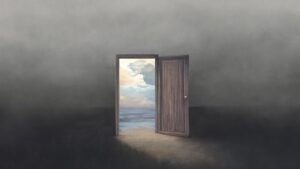






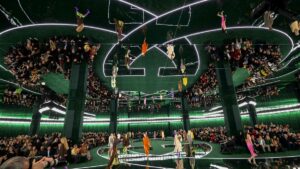





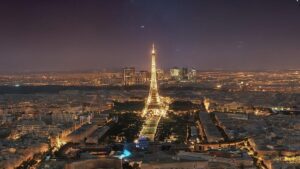



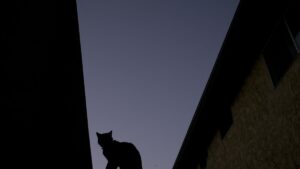


Be First to Comment